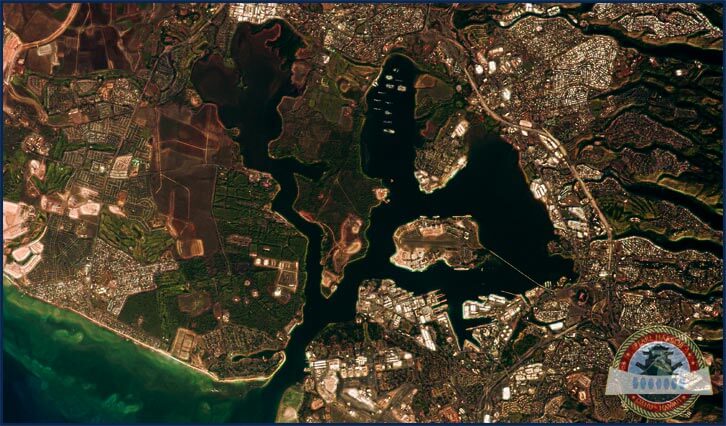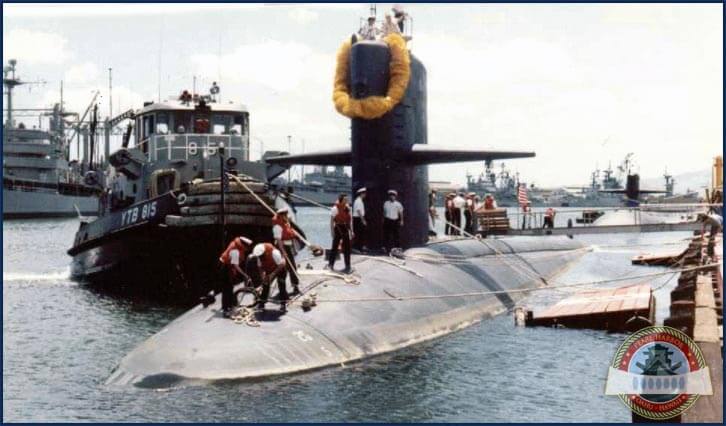Pre-war history of Pearl Harbor
Pre-war history of Pearl Harbor – Wai Momi
When we speak of the history of Pearl Harbor, the first thing that comes to mind is the Japanese attack, which happened in 1941 and determined the role that the US took in World War II. However, Pearl Harbor has a long history of legends, mystery, trade and eventual military development before the war.
Long before it gained any importance as a military base, Pearl Harbor was one of the most fruitful areas on Oahu. In 1778, Captain James Cook was the first westerner to visit the Hawaiian Islands. He found Pearl Harbor to be a natural embayment, sheltered by a coral reef. Its pristine waters were ideal for fishing and swimming and the shallow beds were home to many pearl oysters – therefore the Hawaiians called this place Wai Momi (Pearl Water). Back then the high coral reef made the lagoon unsuitable as a harbor; only small boats could pass the shallow barrier. It wasn’t until Ewa chief Keaunui cut a channel into the reef, that the lagoon could be entered by larger boats and ships.
Even after Keaunuis work was done the main significance of Pearl Harbor remained that of a fishing port and a safe lagoon for oyster diving. The nearby port of Honolulu was much more accessible and gained importance as the main trading post between Asia and America throughout the years. During the 19th century more and more US Navy ships visited Hawaii and the value Wai Momi could have as a Harbor became more apparent. In the 1840s, naval officer Charles Wilkes surveyed the area and found that the deeper parts of the natural lagoon could be made accessible to large ships by removing the coral barrier completely.

The process of turning Wai Momi into a functional Harbor was a long one and for many years the development of a pacific base had no priority for the US Navy. In 1887 the US gained exclusive rights to the lagoon as a coaling and repair station but only started the transformation and development of the area when the Spanish-American war produced a need for a constant military presence in the Pacific. In 1898, Manila was captured and the need for a naval port from where the US could access territories across the Pacific became vital. The fortification of the Harbor went slowly. Finally, in 1902 the entry channel was widened and deepened to allow access for larger ships into the lagoon.
In 1908, Pearl Harbor officially became a US Naval base. The early 20th century showed a rise of Japanese power throughout the Pacific. It became a necessity for the US to show a stronger military presence in Hawaii and the bulk of US naval forces was moved to Pearl Harbor.
The work on Pearl Harbor progressed slowly, as it was interrupted again and again by unexplained accidents and injuries. One of the largest mishaps during the development was the collapse of a dry dock that had almost been completed in 1913. Many Hawaiians blamed the shark goddess Ka’ahupahau for the accident. She and her brother Kahi’uka called Wai Momi their home and were the benevolent guardians of the lagoon, protecting it from vicious man-eating sharks. Local Kahuna (priests) advised that only ceremonial offerings and prayer would pacify the goddess. After the appropriate sacrifices were offered, work on the dry dock proceeded without further incidents and was completed in 1919.

Pearl Harbor remains the most important Navy base in the US until today and is one of the main attractions for visitors to Hawaii.







